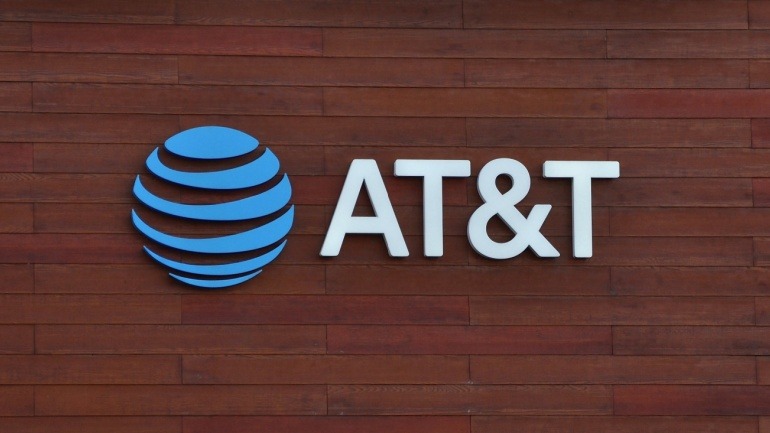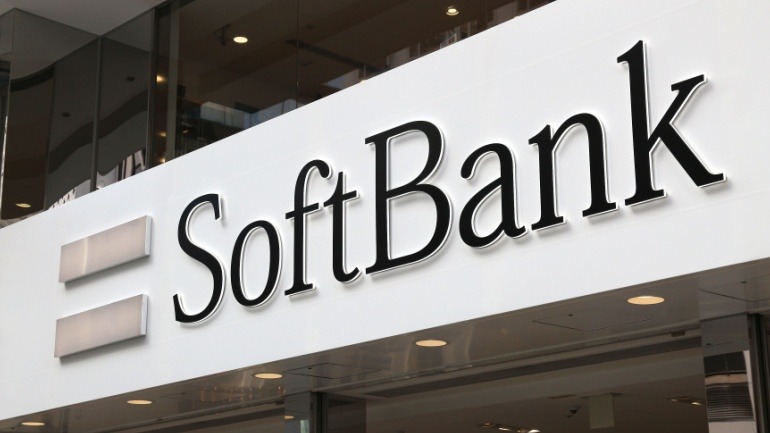Customer service quality in the UK seems to be on the decline, as customer dissatisfaction with automated systems, such as chatbots, rises. A groundbreaking study published by renowned research firm Cavell uncovered this alarming fact.
Survey results culled from over 1,000 UK adults revealed a worrying trend: almost half (44%) of consumers believe that customer service quality has slipped in the past three years. Moreover, about 35% of adults feel that automated systems and chatbots deliver sub-par service. As a consequence, half of UK consumers have come to the conclusion that a human touch still provides the most efficient path to resolving an issue and securing a positive outcome.
Cavell’s Senior Analyst, Finbarr Begley, remarked, “Consumers are growing increasingly frustrated with customer service. While automated systems like chatbots are touted as the solution, the substantial discrepancy in quality among these systems often leaves consumers more annoyed than assisted. The media frequently paints an overly optimistic picture of AI capabilities, leading to inflated expectations that the technology simply can’t meet yet.”
Further findings from the study include:
- An overwhelming 79% of UK adults prefer customer service provided by someone in their own country.
- Disinclined to interact with customer service, 45% of consumers have chosen to overlook issues with products or services.
- Offering benefits like prioritized responses, personalized service, and a dedicated contact, a ‘premium’ customer service add-on would be worth the expense for over a third of UK adults.
Adding to his earlier comments, Begley stated, “The upward trend in consumer expectations for customer service is paired with a growing focus on deflection strategies, designed to foster independency among consumers in resolving issues. This move is aimed at cutting costs related to customer service, but it also poses a barrier for those consumers who need to reach a person rather than deal with an automated system. In the coming years, with the potential to improve automated systems and introduce more versatile contact options on company platforms, this issue stands a chance of being rectified.”







